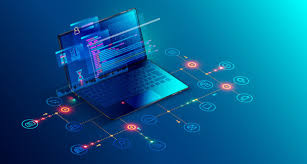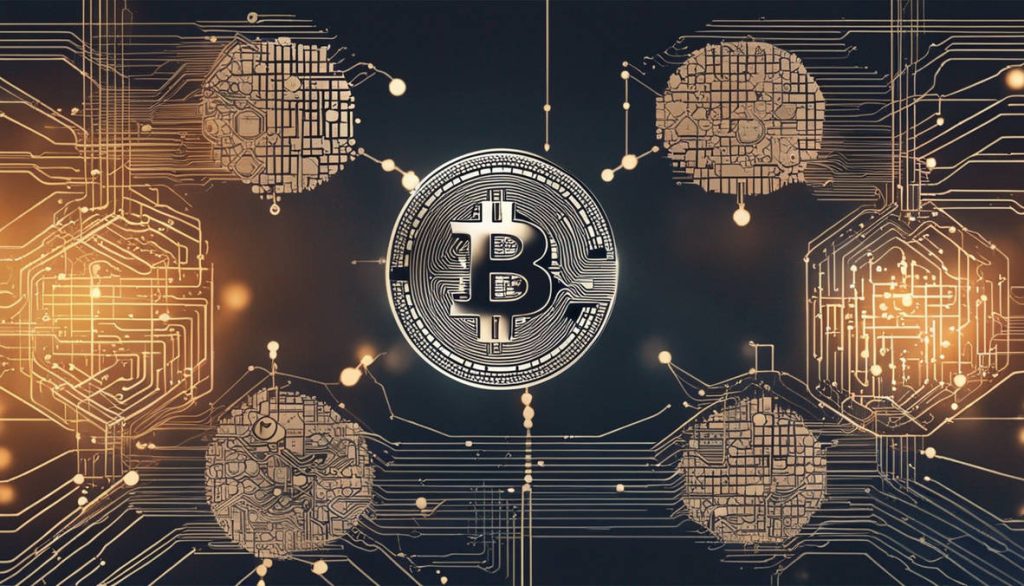Technology has become the heartbeat of modern life, and nowhere is its impact more visible than in healthcare. Smart devices — from fitness trackers to remote monitoring systems — are changing how we manage health, connect with doctors, and even prevent diseases.
The fusion of IoT (Internet of Things) and AI (Artificial Intelligence) is enabling a world where medical care is proactive, data-driven, and personalized. These connected tools are not just improving healthcare systems — they are creating a healthier, more connected global community.
The Power of Smart Devices in Modern Healthcare
Smart devices are more than just gadgets — they are intelligent health assistants that continuously monitor, analyze, and communicate real-time data. Whether it’s tracking daily steps or monitoring heart rhythms, these devices empower individuals to take charge of their well-being.
Some of the most widely used smart healthcare technologies include:
-
Wearable devices: Smartwatches and fitness bands that monitor activity, heart rate, and sleep quality.
-
Remote monitoring tools: Devices that transmit patient vitals to healthcare providers in real time.
-
Smart diagnostic equipment: IoT-enabled tools that detect early signs of illness and alert medical professionals.
-
Connected home health systems: Devices that integrate with apps for medication reminders, appointment scheduling, and teleconsultations.
This constant flow of data bridges the gap between patients and healthcare providers, allowing early intervention and personalized care.
How IoT Is Shaping a Connected Health Ecosystem
The Internet of Things is the invisible network behind these smart devices. It connects sensors, medical equipment, and cloud-based platforms to enable seamless data exchange.
In the healthcare ecosystem, IoT ensures that critical information flows where it’s needed — securely and instantly.
-
For patients, it means 24/7 access to health data and real-time feedback.
-
For doctors, it means continuous insights into patient health trends.
-
For hospitals, it means optimized workflows, fewer errors, and better patient outcomes.
For example, hospitals now use IoT systems to track equipment, manage patient admissions, and maintain predictive maintenance schedules for critical machinery. These innovations minimize downtime and enhance overall efficiency.
Artificial Intelligence Turning Data into Insight
While IoT connects devices, AI transforms data into actionable intelligence. Machine learning algorithms analyze vast amounts of health data to detect patterns, predict risks, and assist in diagnosis.
AI is now capable of identifying diseases earlier, recommending personalized treatment plans, and improving accuracy in imaging and diagnostics. When combined with IoT, it creates a continuous feedback loop — where data from smart devices drives intelligent healthcare decisions in real time.
Real-world applications include:
-
AI-powered ECG analysis for early heart disease detection
-
Smart inhalers that track medication usage and alert patients
-
Predictive analytics for identifying infection risks before symptoms appear
This synergy between AI and IoT is leading to smarter, faster, and more efficient healthcare delivery.
Beyond Hospitals The Expansion of Connected Health
Smart healthcare doesn’t stop at hospitals or clinics. The true revolution lies in extending care into homes and everyday environments.
-
Home monitoring systems allow elderly patients to live independently while staying connected to caregivers.
-
Telemedicine platforms integrated with smart devices provide remote consultations with real-time health data.
-
Community health apps use aggregated data to track disease patterns and improve public health responses.
These technologies bring accessibility and equality to healthcare — especially for rural and underserved regions.
The Benefits of a Connected Health World
The integration of smart devices and intelligent software is driving measurable improvements in healthcare outcomes.
Key benefits include:
-
Continuous monitoring and preventive care
-
Early diagnosis and timely treatment
-
Reduced hospital readmissions
-
Enhanced patient engagement and satisfaction
-
Cost-efficient healthcare management
This digital health evolution is also reducing the strain on healthcare systems, making care delivery more sustainable and scalable.
Challenges in the Smart Health Revolution
Despite its promise, connected healthcare faces some challenges:
-
Data security and privacy: Sensitive patient data must be protected from breaches and misuse.
-
System interoperability: Different devices and platforms must communicate effectively.
-
Regulatory compliance: Healthcare technology must align with strict data and safety standards.
-
User adoption: Educating patients and professionals is key to maximizing benefits.
Addressing these challenges requires the right blend of innovation, compliance, and technology expertise.
The Road Ahead Intelligent Healthcare for Everyone
The next generation of smart healthcare will go beyond data tracking — it will focus on prediction, prevention, and personalization. With advancements in AI, IoT, and 5G, we’ll see devices that communicate seamlessly, doctors who make faster decisions, and patients who are more informed and engaged.
Imagine hospitals where all medical equipment is interconnected, or wearables that detect early signs of mental health issues. That’s not science fiction — it’s the direction healthcare is heading today.
Conclusion
Smart devices are creating a healthcare landscape that is more intelligent, inclusive, and connected than ever before. As technology continues to evolve, building secure, scalable, and user-friendly health platforms will be essential.
Partnering with a software development company in Canada can help healthcare organizations design the digital backbone for this transformation — integrating IoT, AI, and cloud technology into seamless health ecosystems.
The result is a world where technology doesn’t just support healthcare — it becomes an active part of saving lives and promoting well-being.



